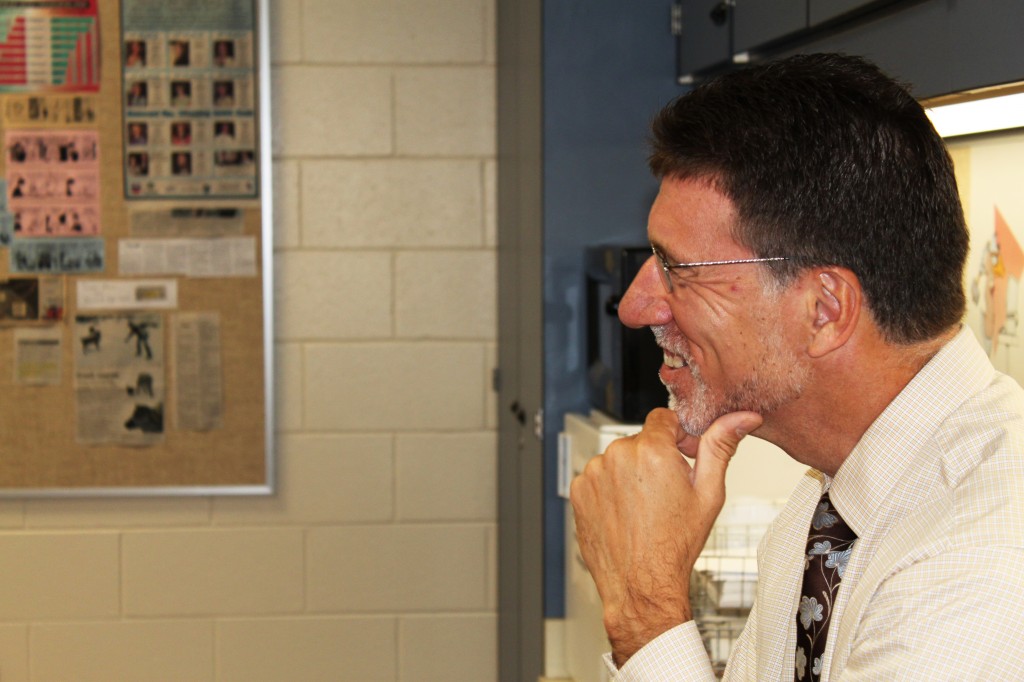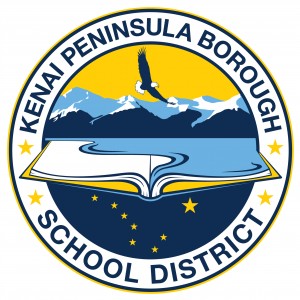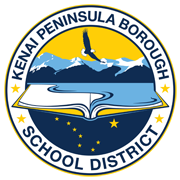Hello! I am sure some readers of this blog may have wondered if the new KPBSD superintendent would continue publishing an update. Now that I have settled in, the answer is yes. I have come to value the communication posted here and believe it has provided excellent insights relevant to our district’s current status.
With that being said, allow me to introduce myself. My name is Sean Dusek and I am honored to be in the role of superintendent for our district. I am proud to have over 22 years of experience in this district. Throughout my journey I have learned a great deal about people and myself. Through the years, preparing students for their future has become my highest priority. The world has changed so much since I started my student teaching at Skyview High School in 1991. While society has always changed, it is the pace of change along with the massive amount of instantaneous information that has amazed me. What hasn’t changed though, in my opinion, are requisite skills all students can develop for success in the future. Those skills are critical thinking, effective communication, creativity, and working well with others.
Our schools do a good job developing a foundation of academic skills. We must not lose sight of developing the “success” skills I reference above. In order for us to develop these skills we must remain committed to applying academic knowledge to unfamiliar projects, provide creative opportunities in the arts, career/tech, and physical activities, allow students to work together with taught expectations and provide safe outlets for student voice through meaningful speaking, writing and listening experiences.
My goal is to communicate through this forum weekly on a variety of topics with a focus on student success skills. I look forward to serving the students, staff and communities of the district. Thank you for reading!



Flipped
Over the last few years the concept of the flipped classroom has come to the forefront. Technology has allowed many educators to move some aspects of their instruction into homework. For many this has meant moving lectures online. Ideally this leads to differentiation in the classroom and allows learners to have control over the online resource and review parts that they may have misunderstood. Critics say that a lecture is passive regardless if it is in person or online. Good teaching limits passive learning and promotes inquiry, critical thinking and collaboration. While creating instructional videos can help teachers move low level, procedural concepts outside of class time, it is important to create interactive and reflective opportunities in this media. Again, a passive transfer of knowledge in any format rarely “sticks” with the recipient.
The best flipped classrooms do not exclusively rely on instructional videos to be viewed outside of class and homework done during class time. Students are given options. They are given the opportunity to work together and conduct experiments with a given concept in a synchronous environment. This is the hook and is much more than working on some problems in a textbook. The next step is to allow technology to support learning the concepts touched upon by the experiments. Sometimes this is through the instructional videos and sometimes through direct, small group instruction. Reflection is a critical component of any classroom and this is where teachers determine what a student knows. Much of this part of a flipped classroom is done asynchronously. Students are allowed to be at different places in their learning, but are making progress on understanding.
Finally, students are given the opportunity to apply what they have learned. Projects are created by the students with the teacher as the guide. Peers are the audience and offer feedback to individual students. We are back to a synchronous environment.
I do not believe that a flipped classroom is a new model. Many teachers have guided their students through very difficult concepts in all disciplines before the internet or online videos existed. Today’s technology allows for more flexibility, but good teachers maximize opportunities for inquiry, critical thinking and collaboration. They minimize passive transfers of knowledge. In essence, the right way to teach is as diverse as the students that are in our classrooms, the key is to know your students and allow them to learn by doing.